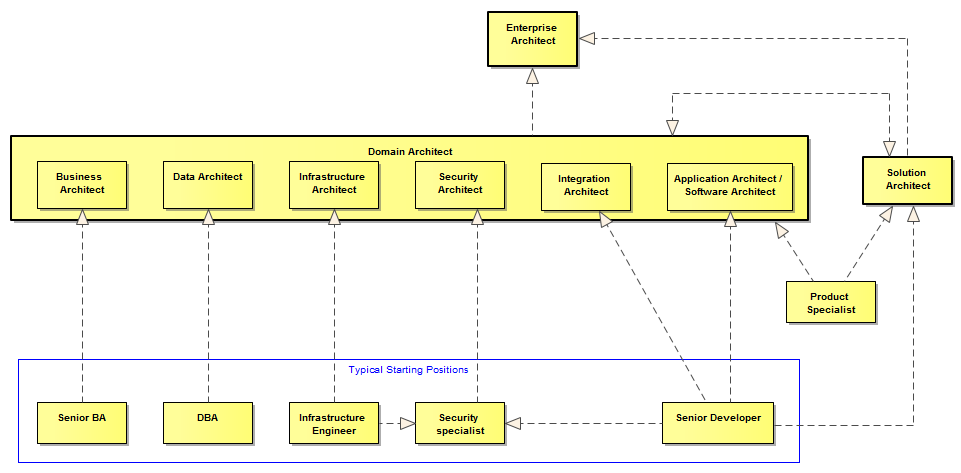
R is a popular programming language. This article will briefly introduce you to R, a powerful, flexible programming language. R was created by R Core Team as well as the R Foundation for Statistical Computing. This article will explain how to use R as well as its many functions. R is the right tool to use if you need a data analysis tool, or advanced graphics programming tools.
R is a programming language
If you are an academic, you've probably heard of R, a programming language that is great for statistical computing and graphics. R is supported both by the R Core Team and R Foundation for Statistical Computing. You can read more about the many benefits of R. Here are some reasons to learn R. So, what is R and why should you learn it?
R is an open-source programming language and R is not suitable for general purposes. It is more focused on statistical analysis and data visualisation. While Python and other languages have extensive libraries for machine learning and data analysis, R includes many statistical features in its core. You don't have to use third party libraries to perform these functions. R is easy to learn and fast, making it a great choice for anyone wanting to get into statistical analysis.
It is open-source computing.
R is a powerful, extensible and free statistical computing environment. It's compatible with Windows, Macintosh Linux and UNIX platforms. It is an implementation of the S language and is available for free download. R supports a wide range of statistical and graphic techniques. You can enter 2+2 in the R command prompt to get a response of "4".
R is well-known, but its main purpose is statistical computation and graphics. It is the most widely used programming language in statistical methodology and has a large user community. Eagle can be used in conjunction with an interactive shell. Users of Eagle should first request that their computing environment includes interactive compute nodes. Europa users also have the option to run R through Jupyterhub. If you are new to R or are unsure about its usage, you can read this introduction to the software to learn more.
It is powerful

The meaning of the word "power" can have many meanings. It can be taken to mean many things depending upon who you ask. It generally refers to the ability to do certain tasks with fewer resources than others. This is not limited to computer programming languages. Many languages can be powerful in multiple domains. Here are some examples languages with incredible power. These languages can perform tasks that would require millions of years to complete.
While some languages can be resource-efficient for certain tasks, others have wider applications and are more widely used. C is a popular language for OS development, creating runtime libraries and compilers as well working with microcontrollers. Also, the term "powerful" can refer to either low-level programming or high-level programming that has fine-grained access to hardware. You should consider your specific needs when choosing a programming languages.
It is free
It is free to run any program on any system. You can also use the program for any job, with no need to communicate with others. This is not the same thing as being able to use it for commercial purposes or to impose any of your own purposes on other people. No warranty is given for free software. Only one condition is that you cannot modify the original software without indicating it as such. It is important that the free software runs without interruptions.
FAQ
Which engineering skill is most difficult?
The most challenging engineering challenge is to design a system which is both robust enough to handle all failure modes and flexible enough that future changes can be made.
This requires extensive testing and iteration. It requires understanding how the system should behave when everything goes sour. Here you need to be sure you're not solving just one problem. You have to design a solution which solves multiple problems simultaneously.
What do electrical engineers do?
They create power systems for human use.
They are responsible for designing, building, testing, installing, maintaining, and repairing all types of electric equipment used by industry, government, residential and commercial customers.
They plan and supervise the installation of these systems.
Electrical engineers design and build electronic devices, circuits, components, and other equipment that convert electricity into useful forms.
What jobs are there for engineers?
Engineers can find employment in almost every industry, including manufacturing, transportation, energy, communications, healthcare, finance, government, education, and defense.
Engineers who are specialists in a particular field can often find employment at certain companies or organizations.
Electrical engineers could work, for example, in telecommunications companies or medical device manufacturers.
Software developers might work with websites or mobile app designers.
Programmers may work in tech companies such as Google and Microsoft.
Statistics
- Typically required education: Bachelor's degree in aeronautical engineering Job growth outlook through 2030: 8% Aerospace engineers specialize in designing spacecraft, aircraft, satellites, and missiles. (snhu.edu)
- Job growth outlook through 2030: 9% (snhu.edu)
External Links
How To
How to use an engineering ruler
Engineers use an engineering ruler to measure distances. Engineers have been measuring distance since ancient times. Around 3000 BC, the first measurement device was invented.
Although rulers have been around for a long time, they are now much more common in modern times. The most commonly used ruler today is the metric ruler. These rulers have a marking in millimeters (1 mm to 0.039inches). Most rulers in metric are rectangular in shape, and can be purchased in many sizes. Some rulers can also be used to measure centimeters or millimeters. For example, 1 cm equals 2.54 mm.
Engineers are unlikely to use a traditional mechanical ruler today. They would prefer a digital version that measures millimeters. It works much like a regular digital scale, except it has markings corresponding to various length units. Find out more information about them here.